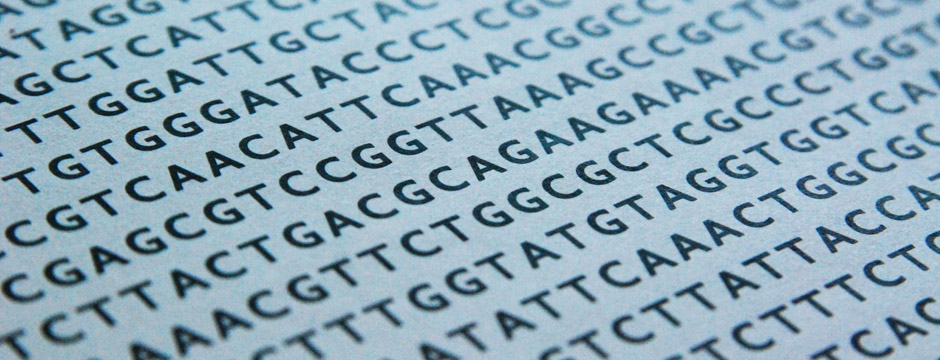DNA Startups
As of recently, start-ups with a focus on data-mining and clinical software have begun to attract a lot of venture funding. Businesses in the sector offer genomic testing, fertility treatment, epidemic monitoring, cancer screening, and a lot more.
Promising Startups
Companies such as DNAFit - https://www.dnafit.com/ca/and Helix offer personalized services that help customers find more about their abilities, individual preferences, and lifestyle. Helix features genomic testing designed for individuals who want to find about their genetic predispositions, ancestry, the optimal diet for their body, how genes impact their children and families, and more. Customers are offered the chance to learn about their ancestors, their migration routes and origins, and whether DNA comes from Africa, Asia, or Europe. Genomic testing also helps uncover whether individuals are at risk of developing serious medical conditions such as familial hypercholesterolemia, Alzheimer’s disease, and a rare form of diabetes. DNAFit is another promising start-up that uses DNA testing to help customers optimize their fitness regime and diet. They are asked to send a saliva sample for testing, which provides important information about their wellbeing, nutrition, and physical strength. The goal is to help individuals make better choices based on their genetic response to different stimuli. Instant Chemistry is also a DNA start-up with a focus on romantic relationships and relationship compatibility. Customers learn how compatible they are with their partner based on psychological compatibility, neurocompatibility, and biocompatibility. Neurocompatibility refers to emotional response and brain chemistry while biocompatibility reveals whether partners have complementary genes. Psychological compatibility, on the other hand, shows whether partners have compatible behavioral patterns. Again, they are asked to provide a saliva sample for testing.
Financing
Venture capitalists are eager to invest in DNA start-ups and in 2017, the amount invested in the sector totaled $3.2 billion, which is almost double the amount in 2016 ($1.7 billion). Last year, Grail, which is an early cancer detection start-up, managed to raise over $900 million. Guardant Health, a company offering a biopsy-free tumor sequencing test, raised 360 million in 2017.
Obviously, venture capital is one option for start-ups, with funding being offered to businesses with high growth potential. Emerging companies get access to financing that is provided by funds and firms in exchange for equity. There are different types of venture capitalists, including limited liability companies and partnerships. The former consist of funds of funds and other pooled investment entities, insurance companies, foundations, financial endowments, pension funds, and high net worth individuals. Some venture capitalists specialize in certain sectors while others invest across industries. Other financing options for DNA start-ups include loans, lines of credit - http://www.creditcardsforbadcredit.ca/neo-financial-secured-credit-card-and-money-account/, equipment loans for used and new equipment, and rollover for business start-ups. The latter is a great option for persons who have a lot of money in their retirement account. Obviously, this is not the best choice for business owners that are close to retirement.
Business Plan Sections and Basics
A good business plan is the key to success when it comes to accessing external financing - see: https://www.creditcardsforbadcredit.ca/. A DNA start-up business plan should include major sections such as required funds, credit and financial forecast, location and facilities, company history, mission statement, and exit strategy. Other sections to focus on are future products, technology, and sourcing and fulfillment. It is a good idea to include a section on potential customers with subsections on key customers, industry analysis, market growth, trends, and needs, and market overview. When it comes to marketing and sales, a good business plan covers details such as distribution and promotion, pricing, and positioning. Finally, a comprehensive business plan should have a strategy and implementation section with a focus on strategic alliances, competitive edge, SWOT analysis, and milestones.
